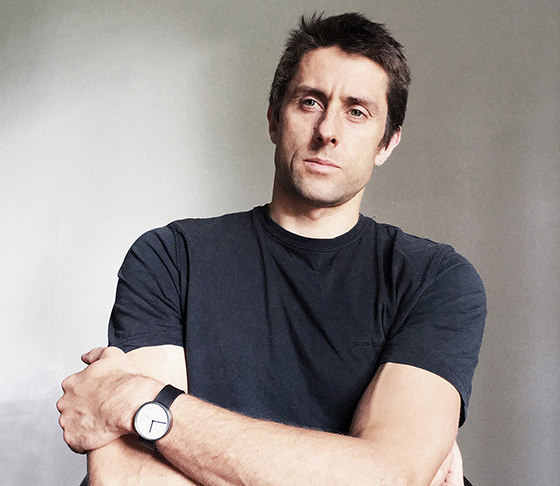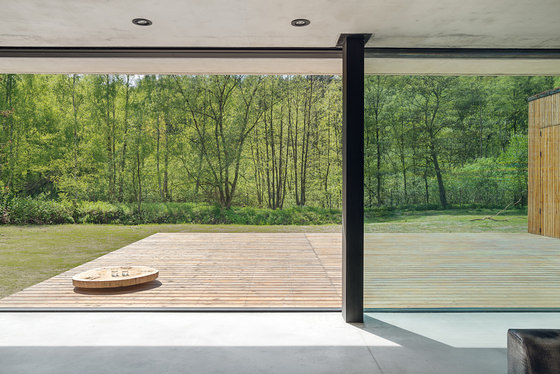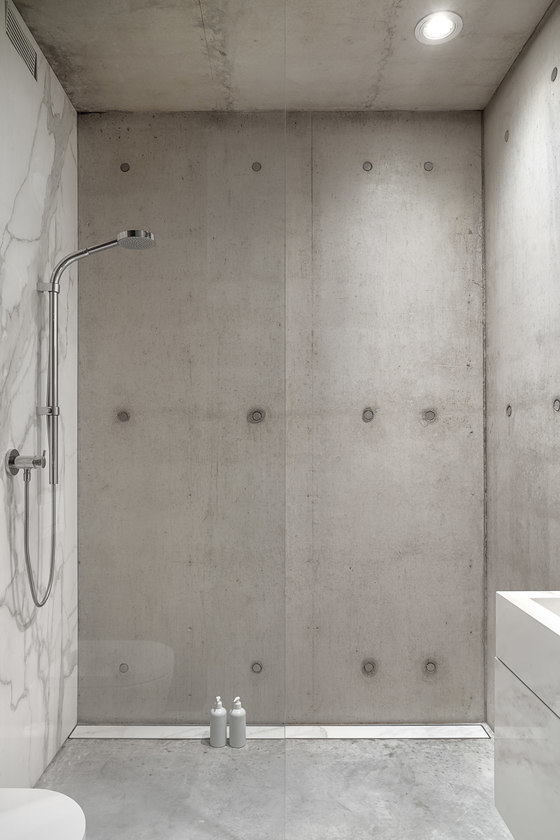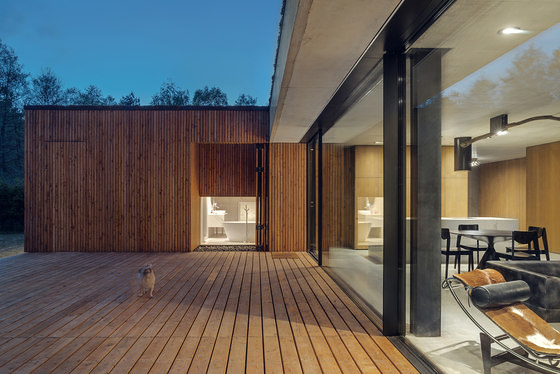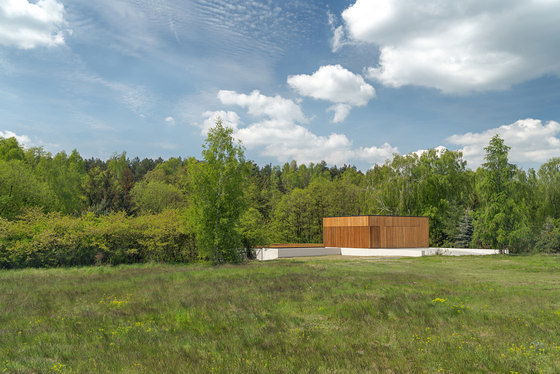Wood Polish: Adam Wysocki from Studio De.Materia shines
Text by Alun Lennon
20.09.19
Studio De.Materia’s founder opens up on success, beauty, conservation, influences… and his favourite building material.
Adam Wysocki, founder of Poznan based architectural firm, Studio De.Materia, is someone who is interested in the environment, and particularly that part of it which directly surrounds his build locations. Bringing the building into harmony with the surrounding space is one of his key signifiers of success.
We sat down with Adam to get a little insight into Polish architecture as well as discussing his JRv2 project.
With your focus on residential projects, what would you say characterises a successful build?
For me, one of the primary issues is a successful combination of meeting the client expectations, and capitalising on what the plot I’m working on has to offer. Equally important is how the building will affect residents or users and how the building affects its surroundings – how it fits into the character of the place, how it complements the landscape or even creates it. It is only the balance between the two that may seem divergent – aspects which can finally determine whether the building is successful or not. Architecture should not be selfish. The success of architecture is made up of many components: usability, beauty, economy, ecology, technology ... if you can think about it all together and find the right result – there lies success!
What was the brief for you JRv2 project?
The criteria that the investor specified were clear: the house had to be hidden away from the access road, it had to be as open as possible to the surrounding nature reserve. the materials should be timeless and in particular the core materials should consist of concrete and wood. So a very clear brief. All that was left for me to do was to put it all together!
Is there such a thing as Polish Architecture?
Certainly, yes. The result of many factors contribute to the fact that one can talk about the phenomenon of ‘Polish architecture’. Equally of course, it is something that can be said about the phenomenon of architecture of every other place on earth. Everywhere, the identity of architecture is influenced by various factors, different history, different needs, different climate and different cultures. But the question is: does this mean that Polish architecture is unique in some way?
In contemporary architecture, it is difficult for me to notice any Polish unique style. I think it is rather a component of various foreign influences, especially from countries with highly developed technology and design. now that the flow of information is so simple and ubiquitous, it is difficult to break away from inspirational examples from outside. And that's a good thing. We should learn from wherever we can!
Which material more than any other do like working with and why?
It is certainly wood. I love wood as a building material and as a finishing material. Wood is natural, it has been rooted in the history of construction since, well, forever! Wood is a renewable resource, it is a gift from mother nature. Wood is beautiful, it is durable, it is easy to process. It does not require complicated and harmful manufacturing processes. It is easy to dispose of or recycle. I would like to use wooden technology much more often than I have done up to now.
The only resistance that I have in connection with the use of wood for construction is that in order to obtain it, we must cut down forests, which in many places are becoming fewer and fewer. That is why I pay attention not to use exotic species of wood that can only be obtained in the least sustainable way. I think that transporting timber from the Amazon or from Africa for construction in Poland is completely pointless. Let's use wood from farms located as close as possible and not from the primeval forests or jungles.
Photos: Tom Kurek
© Architonic
